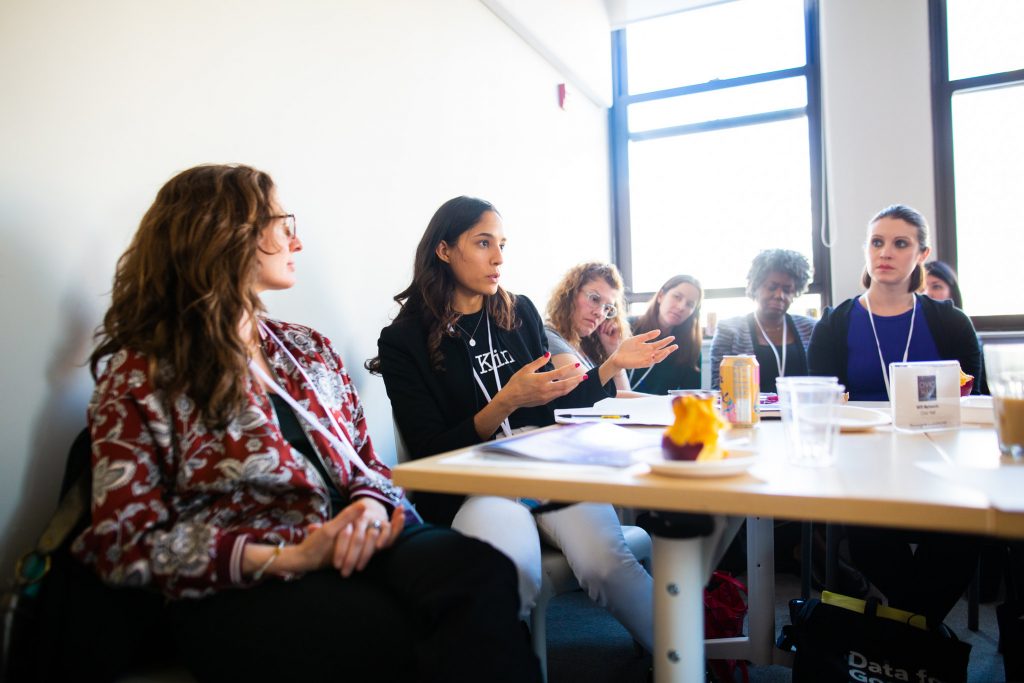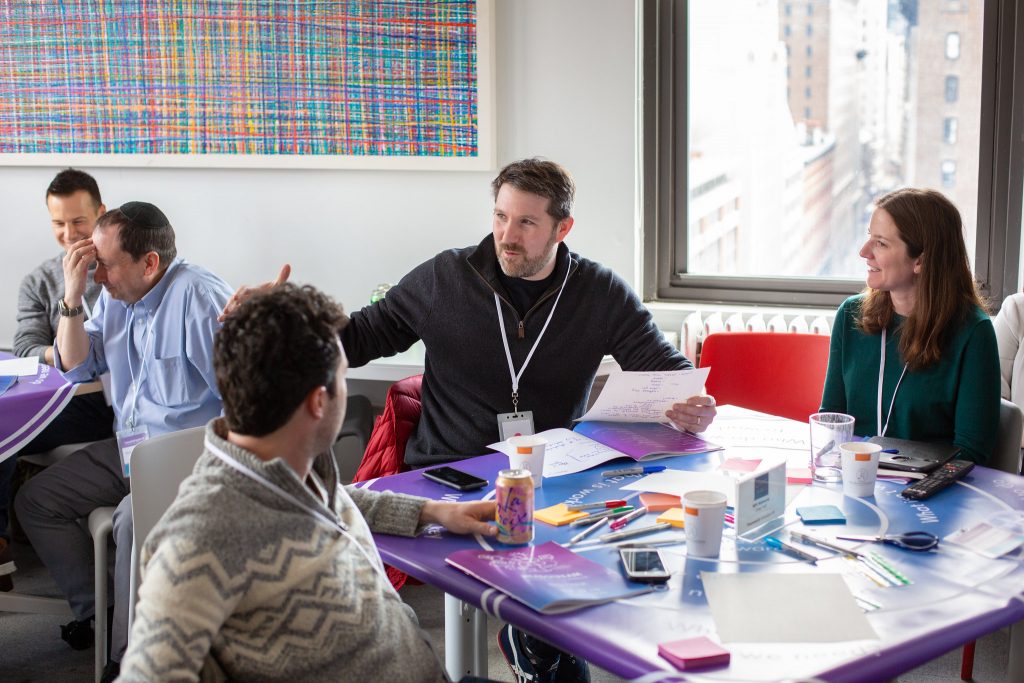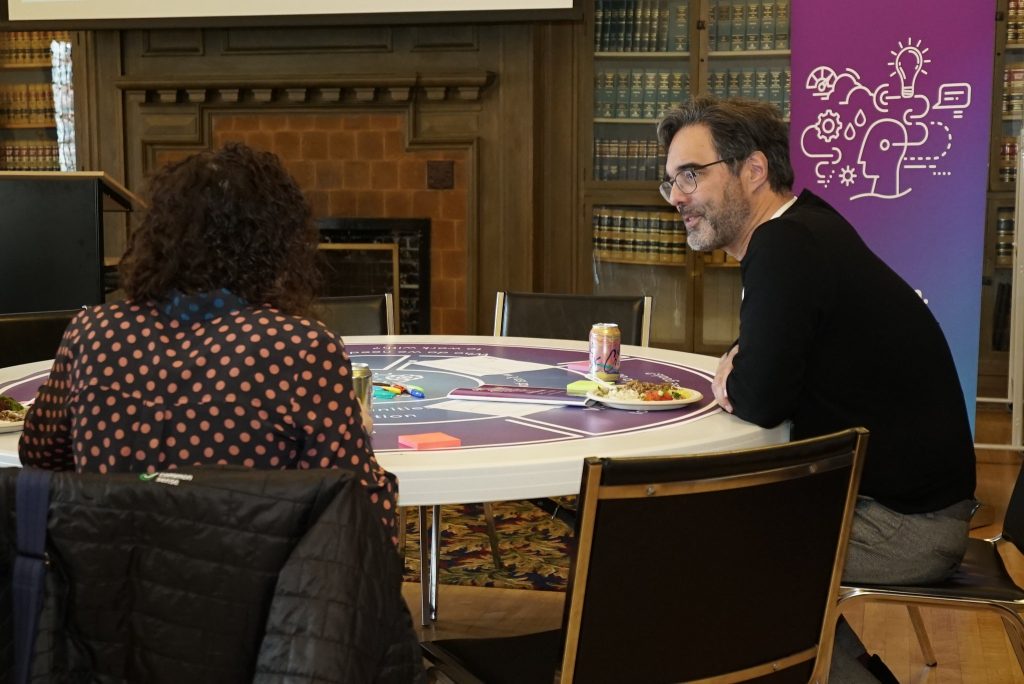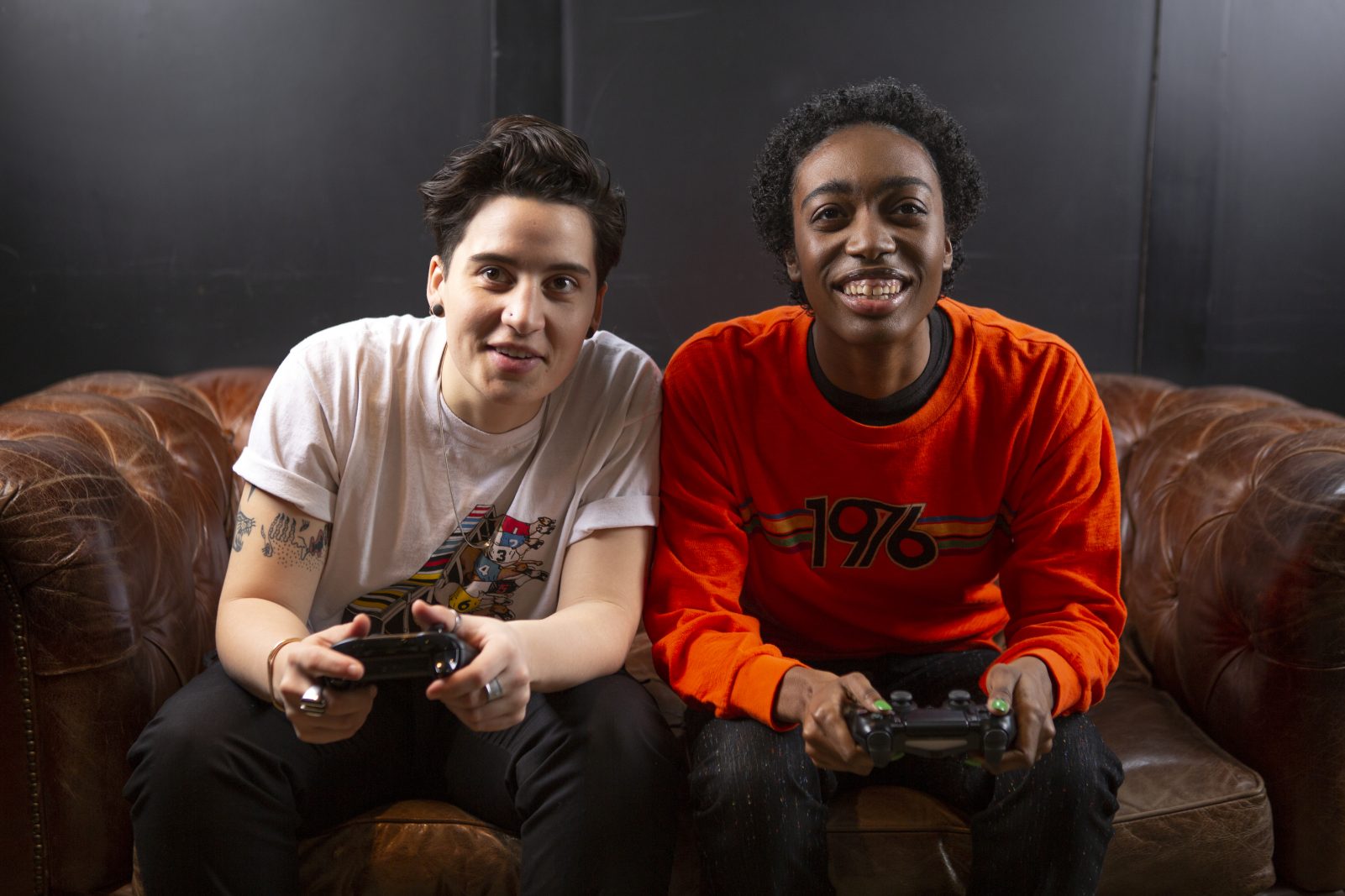What is the status quo of youth mental wellness and how can SecondMuse work with communities to drive improvements through innovation?
According to the John Hopkins Health Review, “The odds of adolescents suffering from clinical depression grew by 37% between 2005 and 2014.” That same time period coincides directly with increased access to cell phones, specifically smartphones, as well as the ubiquitous rise of social media. Our dependence on smartphones and consumption of social media have resulted in a flood of articles and research papers cautioning the dangers of social technologies for teenagers. But have smartphones really destroyed a generation as some of these publications have claimed?
In October 2018, in an attempt to understand the realities of youth mental health and technology, the Headstream research team at SecondMuse took a deep dive into all the noise. What we found was an overwhelming number of competing opinions, and an unsatisfying answer: We simply don’t know. While depression and anxiety among young people did rise dramatically alongside the introduction of social technologies, as your high school math teacher may have said, correlation does not imply causation.
So what do you do when you know that adolescent depression and anxiety have been skyrocketing, that about 90% of teenagers in the US have access to a mobile phone or computer, but are unsure of the role technologies have played? In this case, Headstream went looking for opportunities to help teens build stronger relationships, become more resilient, and make the time they do spend online more meaningful and less mindless.
During the Big Think workshops in San Francisco and New York, we asked our community of experts to think about where those opportunities might be, and they had a lot to say. Shadille Estepan from Born This Way Foundation, which is led by Lady Gaga and her mother Cynthia Germanotta and works to support the wellness of young people to build a kinder, braver world, spoke to the need to address the attention-grabbing nature of technology.
 “One of the challenges that I foresee is being able to keep up with how fast technology is changing. As I speak at this very moment there are apps and there are virtual reality worlds and there are games that are being built that are going to be targeted towards young people, and I think getting ahead of those in one way or another so that we can make those spaces that are being created safer spaces for young people to express themselves is going to be vital to the wellness of young people in the future.”
“One of the challenges that I foresee is being able to keep up with how fast technology is changing. As I speak at this very moment there are apps and there are virtual reality worlds and there are games that are being built that are going to be targeted towards young people, and I think getting ahead of those in one way or another so that we can make those spaces that are being created safer spaces for young people to express themselves is going to be vital to the wellness of young people in the future.”
Eli Pariser, a New America Fellow and the Founder of Upworthy, a site which shares compelling stories about social science, social media, and social change to millions of visitors a month, spoke about opportunities within the online environment in an entirely different way.
 “People’s behavior is so structured by the environments that they’re in that I think that’s the really hopeful thing. These are totally mutable, changeable environments that if we were to decide to create them a different way we could quickly create a whole different set of behavior.”
“People’s behavior is so structured by the environments that they’re in that I think that’s the really hopeful thing. These are totally mutable, changeable environments that if we were to decide to create them a different way we could quickly create a whole different set of behavior.”
We also asked the Big Thinkers to contemplate what mental health and wellness might look like 10 years from now. Nick Allen, Director for the Center for Digital Health at the University of Oregon, which is shaping the future of digital health by advancing meaningful collaboration, exploration, and outcomes, sees the promise of technology in that future.
 “At the moment, a lot of people are really concerned about what might be the harms or the risks associated with technology, and that’s a very appropriate question, but something we should be looking at alongside that is how can we use these new capabilities that come with our new technologies to enhance mental health and wellbeing.”
“At the moment, a lot of people are really concerned about what might be the harms or the risks associated with technology, and that’s a very appropriate question, but something we should be looking at alongside that is how can we use these new capabilities that come with our new technologies to enhance mental health and wellbeing.”
A paper published by Jay Giedd, Director of Child and Adolescent Psychiatry at UC San Diego, sums up this new paradigm between teenagers and technology best:
“There is little to be gained from trying to make a blanket characterization of the phenomena as good or bad. The digital genie is out of the bottle and not going back in. The danger paradigm that dominates much of the current literature on social media is reminiscent of alarmist rhetoric that had been historically voiced for the telephone, dime novels, comic books, and TV. All were feared by some to erode the moral fabric of our nation and lead to the impending doom of our civilization. More likely risks include negative effects related to non-productive use of time, less in-depth analytic thinking related to multitasking, or possibly effects related to greater exposure to violence or sexually explicit material. The potential upsides of the technologies are enormous and include phenomenal educational opportunities, great entertainment, and expanding social interactions.”
As Headstream moves from gathering insight to sourcing innovation, we will continue to build a community who can support and expand the upsides of technology, while acknowledging and minimizing the negative effects.
Join us here next week as we discuss major insights that came out of the Big Thinks, shed light on how those insights have influenced the design of the program, and share what we’ll be up to this summer.
This is the second in a three part series on the beginnings of Headstream, an innovation program by SecondMuse focused on youth mental wellness. Click here to read the first installment of the series. Watch this space for more on the power of innovation to address this complex challenge. To stay up-to-date on Headstream, visit headstreaminnovation.com.
FEELING INSPIRED? DROP US A LINE!









